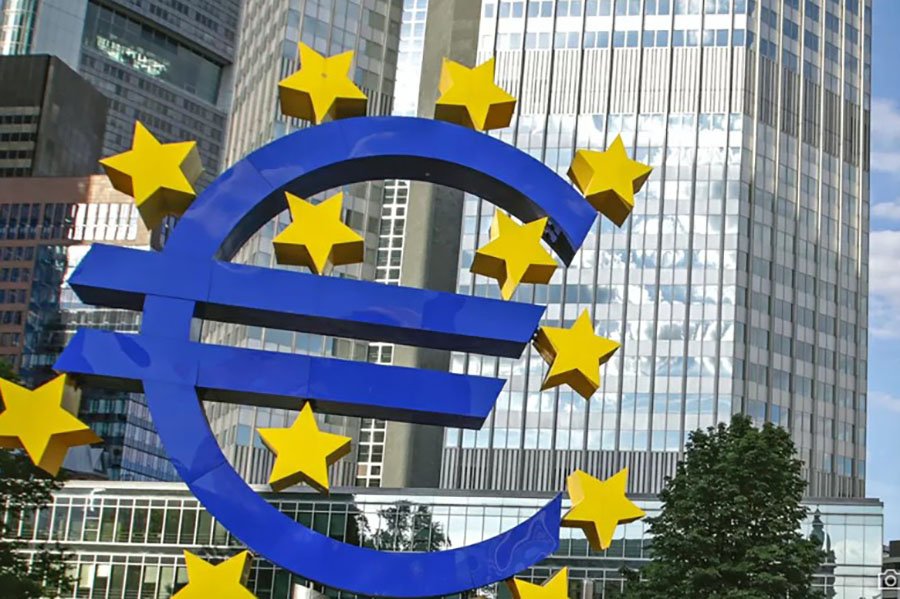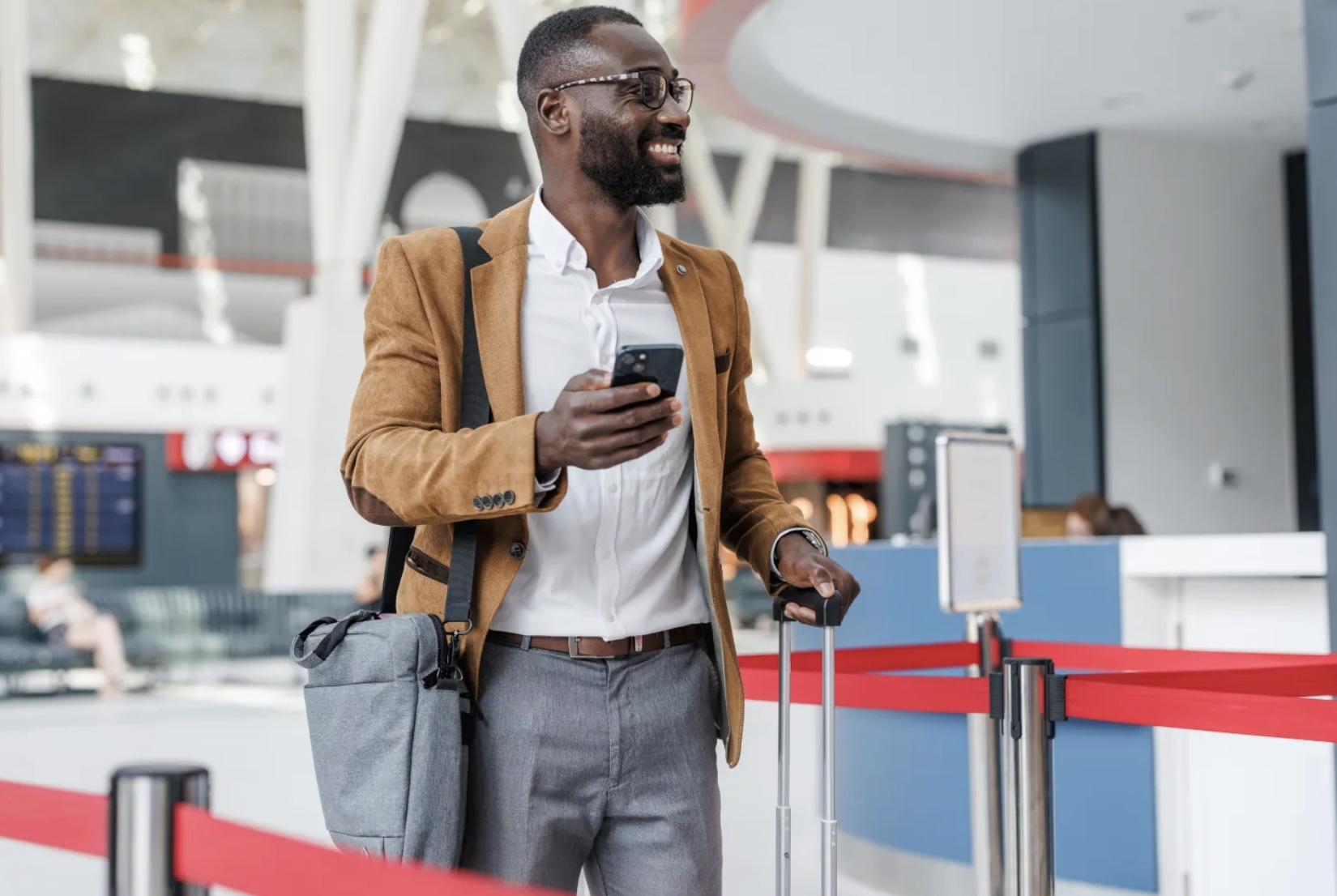читайте также
 Eurozone on Alert: ECB Flags Growing Vulnerabilities in the Financial System
Eurozone on Alert: ECB Flags Growing Vulnerabilities in the Financial System
 Hotel Investment 2025: New Opportunities for the Market — Key Insights from the Cayuga Conference
Hotel Investment 2025: New Opportunities for the Market — Key Insights from the Cayuga Conference
 Vietnam Hit by Record-Breaking Floods: Tourists Advised to Change Their Plans
Vietnam Hit by Record-Breaking Floods: Tourists Advised to Change Their Plans
 WTTC: Travel & Tourism to Create 91 Million New Jobs by 2035 — but a 43 Million Workforce Gap Looms
WTTC: Travel & Tourism to Create 91 Million New Jobs by 2035 — but a 43 Million Workforce Gap Looms
 How Children Receive Residence Permits in Europe: Full 2024 Statistics
How Children Receive Residence Permits in Europe: Full 2024 Statistics
 Cyprus to Introduce Construction Police as Oversight Tightens in 2026
Cyprus to Introduce Construction Police as Oversight Tightens in 2026
Why Solo Travelers Pay More for Flights: How Airlines “Read” You Through Clicks and What to Do About It

Flight prices are rising before our eyes — and solo travelers feel it most. Behind those glossy “best fare” offers lies dynamic pricing: algorithms analyze demand, travel dates, trip length, booking composition, and even your browsing behavior, then adjust fares in real time. The result is predictable — weekend flights cost more, and solo passengers often pay higher prices than those traveling as a pair.
Below, we break down why this happens, what data confirms it, and how to book smarter to avoid overpaying.
How Airline Pricing Has Changed
Algorithms have replaced “average pricing.” Modern systems forecast your willingness to pay using indirect signals: booking dates, time before departure, route length, number of passengers, and browsing history.
Unbundling is now standard. Base fares are stripped down — baggage, seat selection, and priority boarding come at extra cost. While it gives flexibility, the total “basket price” keeps climbing.
“Premium demand” signals now trigger automatic fare hikes — weekend flights, short city breaks, early Monday returns, and last-minute bookings are all seen as indicators of higher spending potential.
The “solo effect.” A single adult traveler in a booking is treated as a proxy for higher willingness to pay — less flexibility, more business or spontaneous trips. Algorithms take note.
What the Data Shows
A study of 19,000 economy tickets across 3,200 routes revealed a clear pattern: solo bookings cost more than those made for two passengers.
On 57% of U.S. airline routes, solo flyers paid higher fares than pairs or groups.
On some routes, the difference reached up to one-third — couples paid 30% less per person than solo travelers.
When solo flyers almost always overpay:
Weekend routes: Friday–Sunday remains the “expensive combo.”
Last-minute bookings: fewer options, higher chance of surge pricing.
Short trips with carry-on only: signals business or leisure flexibility.
Peak events: conferences, concerts, and sports drive local fare spikes.
Why Airlines Benefit — and Why It’s Risky
Pros: higher revenue through targeted pricing and better flight occupancy.
Cons: perceived unfairness, lower loyalty, and customer migration to low-cost carriers and metasearch sites. Over time, this erodes trust and repeat bookings.
How to Pay Less: Practical Tips Against “Solo Pricing”
1. Experiment with booking composition.
Booking for two and later adjusting details (within fare rules) can sometimes be cheaper than booking solo. Always read change and refund policies first.
2. Shift your travel pattern.
Avoid Saturday–Sunday overnights. Depart Thursday, return Monday or Tuesday — savings of 10–30% are common.
3. Compare the total basket, not just the base fare.
Check final costs — luggage, seat, payment fees, transfers. A “cheap” base fare can become costlier once extras are added.
4. Use clean searches.
Incognito mode and cleared cookies/cache reduce personalized fare spikes. Compare across devices and browsers.
5. Travel midweek or off-peak.
Midweek flights and shoulder seasons often balance price and comfort best.
6. Combine metasearch and fare alerts.
Set alerts for multiple routes or nearby airports (150–250 km radius). Flexible-date tracking helps catch hidden deals.
7. Compare direct booking vs. OTAs.
Airlines may include seat perks or loyalty bonuses; OTAs may have lower base fares. Calculate the final total.
8. Book refundable fares with price-drop tracking.
Some platforms automatically rebook if fares fall — flexible tickets can save money when prices fluctuate.
9. Consider open-jaw itineraries or secondary airports.
Arrive in one city, depart from another; secondary airports (South/West/Beauvais, etc.) often break “price patterns.”
10. Use loyalty programs and corporate codes.
Even entry-level status can grant free seat selection or checked bags; academic or professional codes may unlock extra discounts.
Checklist Before Booking
Compared 3–4 travel dates and at least 2 nearby airports?
Checked solo vs. pair fares in the basket with the same options?
Reviewed total cost (baggage, seat, payment fees) on 2–3 sellers?
Assessed if shifting by a day or two saves more?
Set fare alerts and a deadline to book?
What’s Next: Personalized Pricing as the New Normal
Dynamic pricing will only grow more complex — more data, finer segmentation, faster recalculations. For airlines, it means more profit per seat; for travelers, it’s a signal to plan smarter — compare full costs, keep flexible dates, and use alerts and clean sessions.
The good news: an informed solo traveler has the advantage. A bit of strategy can recapture the 10–30% “convenience premium” algorithms try to slip into your fare.
Quick Summary
Solo bookings are often pricier due to dynamic pricing and “high-willingness” signals.
Weekend flights, last-minute buys, and short city breaks cost more.
Compare baskets, tweak booking setups, use incognito and alerts, and adjust dates or airports.
Personalized pricing is here to stay — smart planning keeps you ahead.





